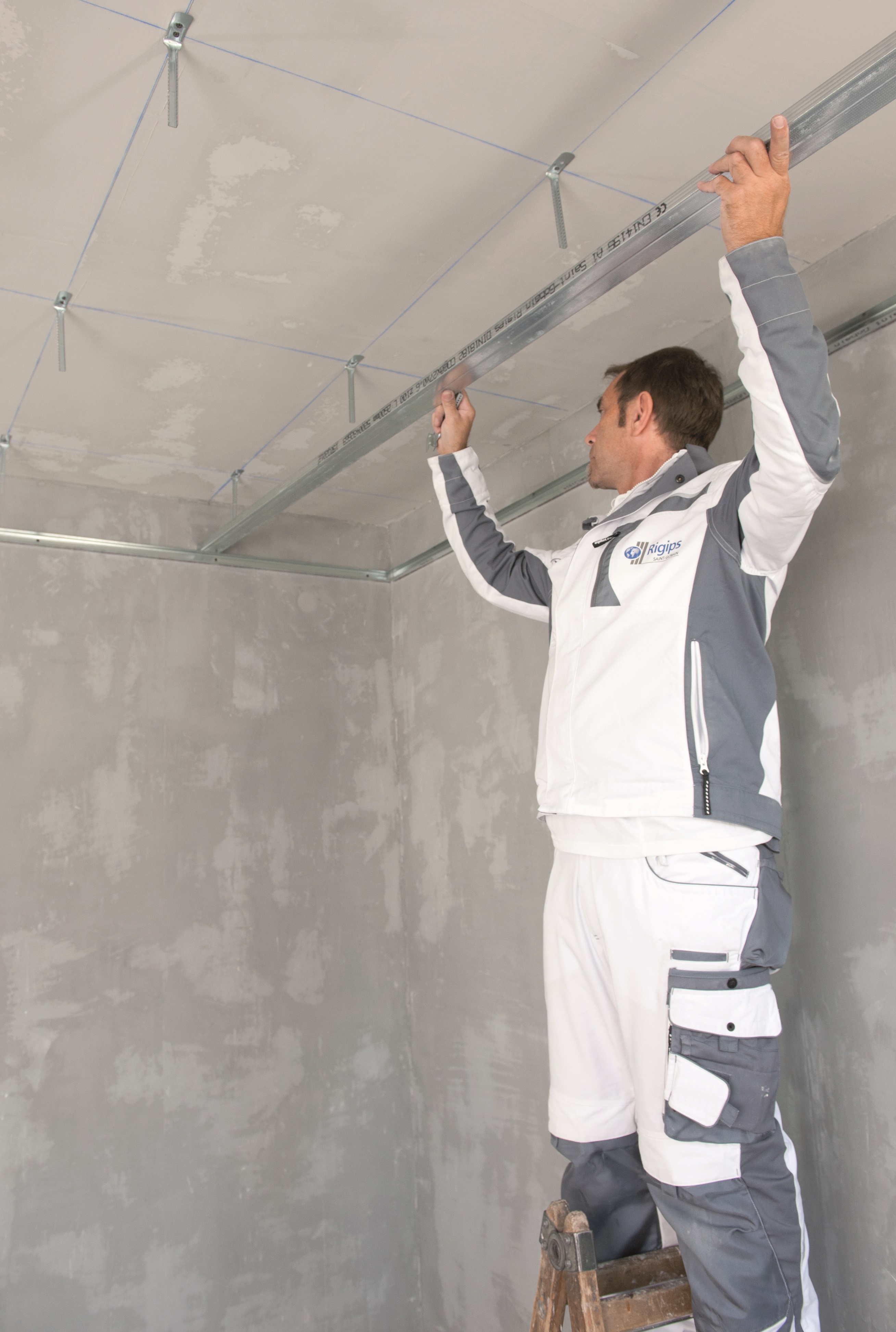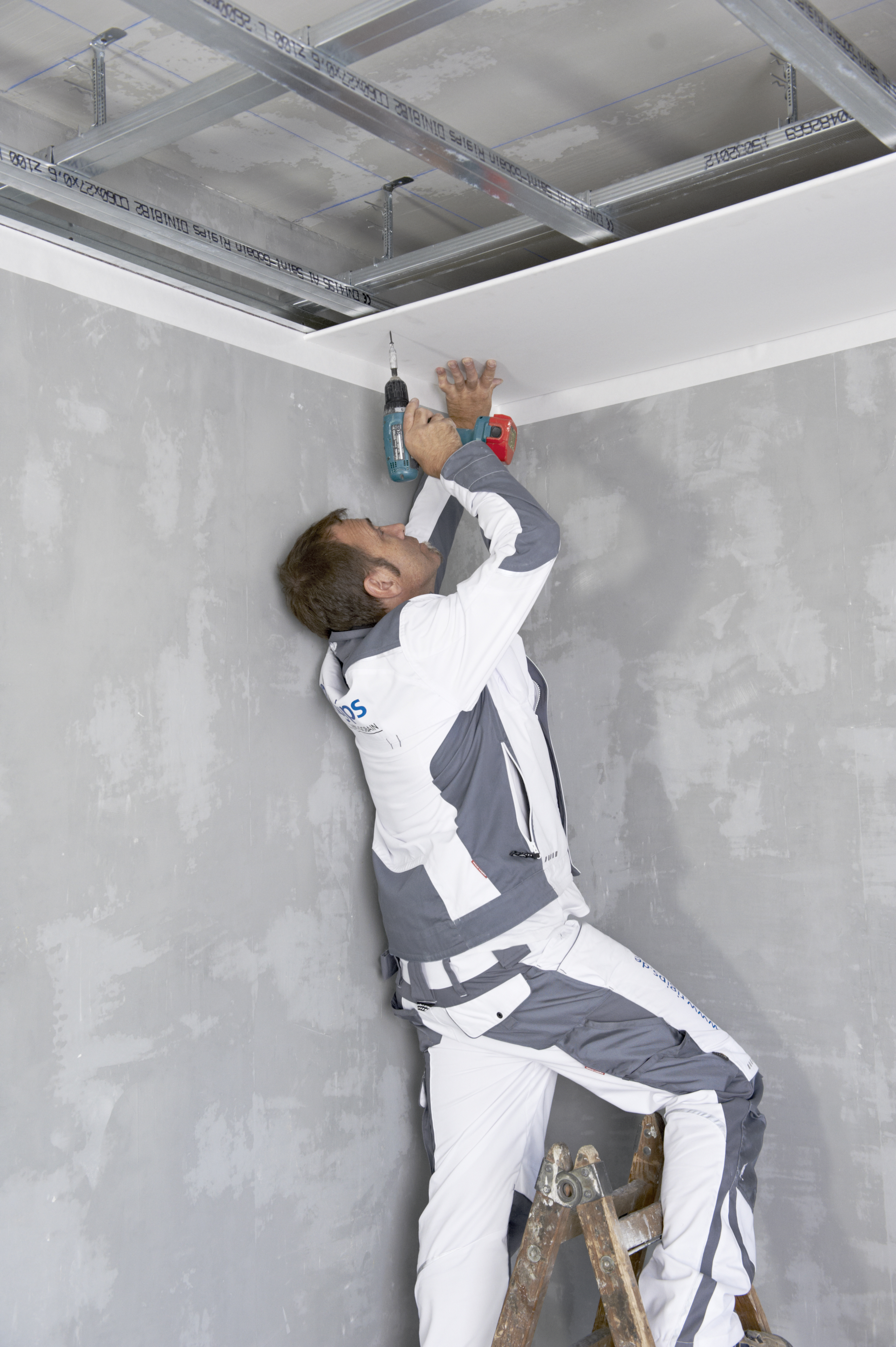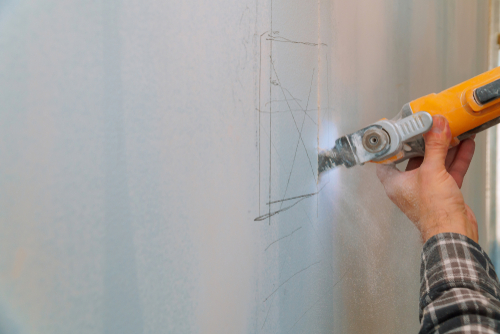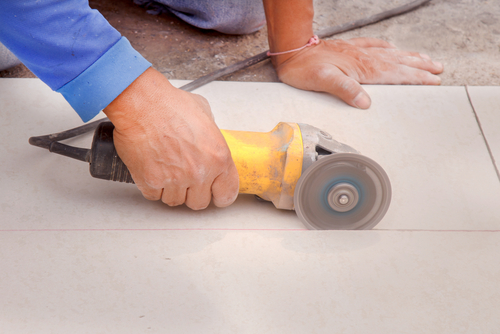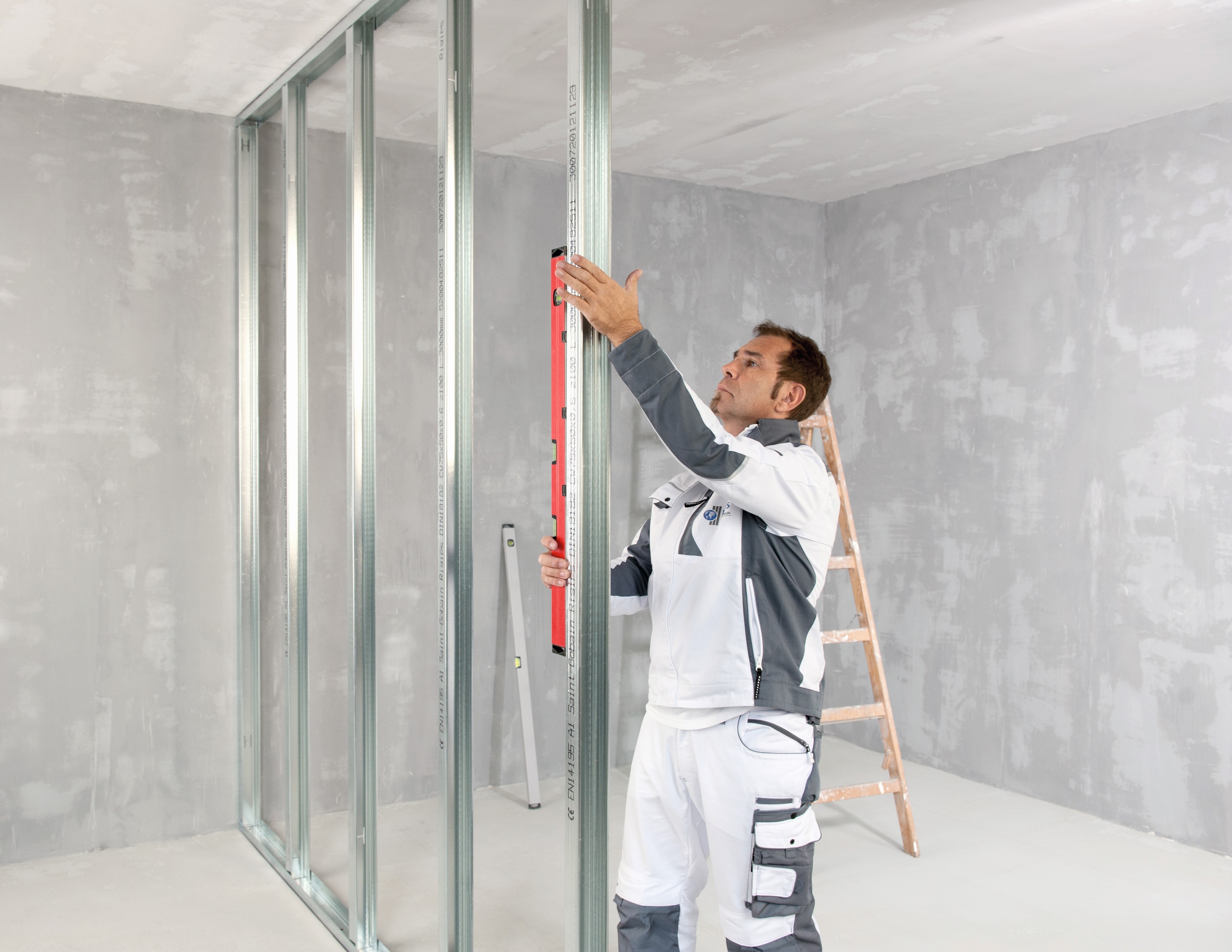Briefing
Building made easy – how can drywall solutions be constructed more conveniently?
The usage and process of drywalls have been significantly improved over the few last decades. However it is time to rethink the drywall and make building with it way easier! What can the next generation of drywall look like? How will it be set up? What are the business models behind it? How can the user experience for installers and final customers be made more convenient?
Task
Your task is to identify ways for installers and final customers, to have a smoother experience when building with drywalls? This can include new processes, structures, assembly mechanisms, materials, tools, designs, business models or anything else that would make the process more convenient. Go beyond the status quo and really think outside the box!
Material description
Rigips offers a wide range of drywall installation systems including not only plasterboards but also metal substructures, joint fillers and compounds and a lot of accessories. The portfolio of plasterboards consists of standard plasterboard and special plasterboards completed by gypsum fibre and cement boards.
They are available in many different designs and formats for various applications on walls, ceilings and floors. As the name implies, typical plasterboard consists of a layer of naturally occurring, industrial or recycled gypsum combined with two stabilising cardboard layers. Due to different processing and formulation of the boards, they are suitable to fulfil various technical requirements. The board is the essential component in each drywall system and needs to be selected adequate to perform in sound insulation, fire protection and in wet and humid areas such as swimming halls, bathrooms or kitchens.
Current characteristics to consider
There are some things that can help you to come up with new concepts:
- A standard 4-by-8 sheet of 1,27 cm drywall weighs more than 20 kilos; this means that extra help is required to handle and transport.
- A drywall is not very flexible, so for the handcrafted experts, the installation takes some time and extra effort to get the desired results.
- To install the drywall a frame (metal or wooden substructure) needs to be build first to form the basis for installing the drywall.
- Filling compound is needed after installing the drywall to smoothen the surface where the different sheets abut each other.
- Finally, the wall needs a finishing (e.g. painting) to complete the installation process.
- Replacement or maintenance of a drywall sheet should be very fast and accessible. Otherwise, this might impact the project budget negatively.
- The drywall material should be easy for disposal in terms of waste and recycling.
- For further information about the product, check out the corporate website (you can select your prefered language in the top menu bar) and YouTube Channel.
